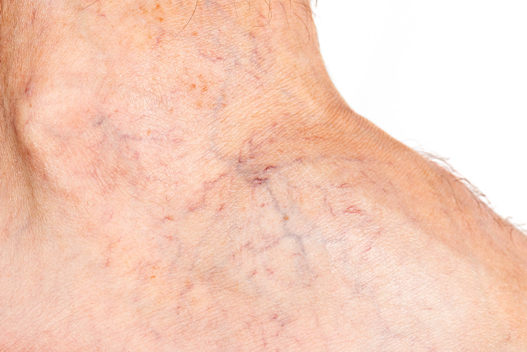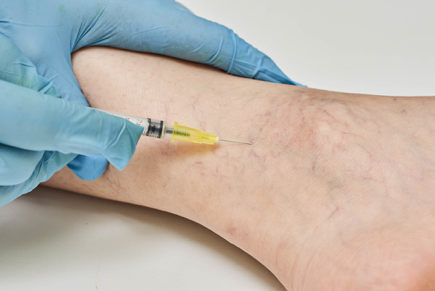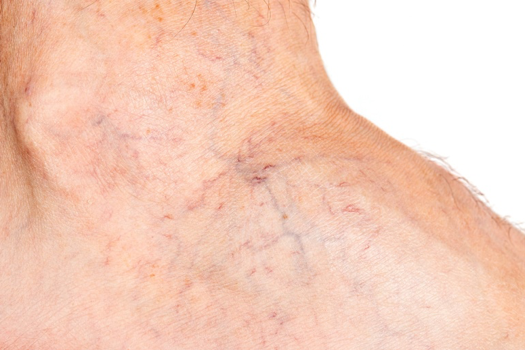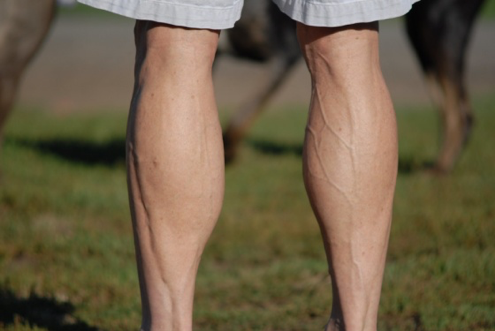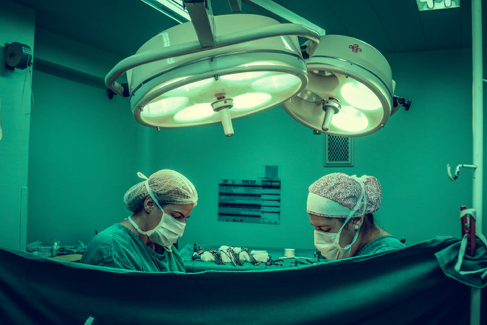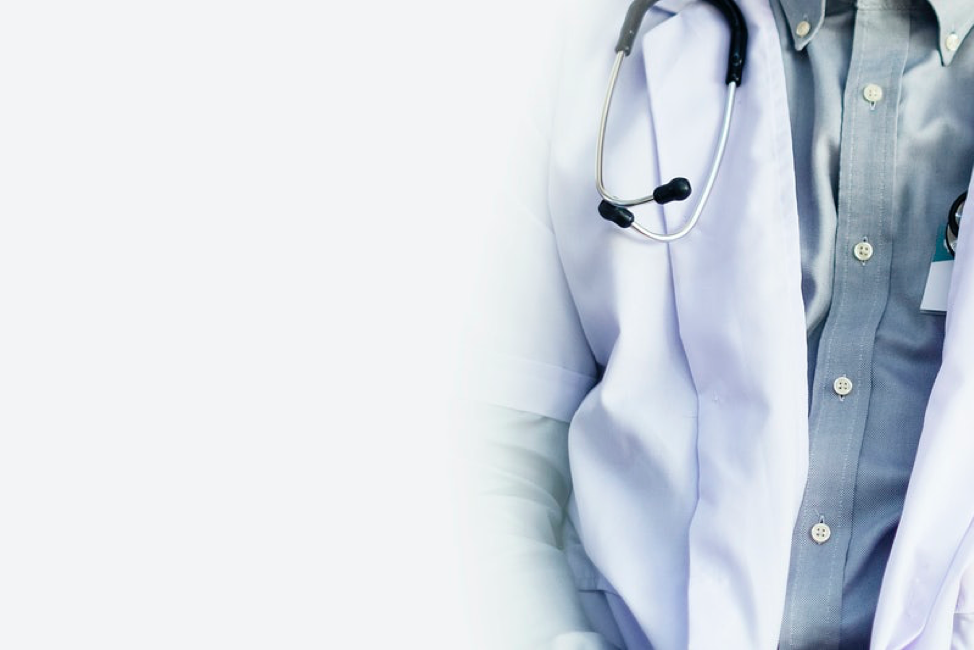
(Source)
Our veins have a complex network, but not all of us are aware of the conditions that may occur in our veins, spider veins are one of them. Spider veins usually appear as a small set of veins or blood vessels that may vary in color, develop under the skin, and are quite visible. They look just like spider webs and often resemble the look of marble.
It is important to know the causes and keep your body healthy to prevent any of these conditions from occurring in your veins. This post brings you the information regarding the causes of this condition so that you can understand and implement any changes in your routine that would assist in developing this condition.
What Are The Symptoms Of Spider Veins?
Firstly, let us talk about how you can identify if this condition is developing in your veins. One of the most prominent symptoms of this condition is the appearance. You will notice the veins developing by the appearance they have.
You will be able to see the difference between what your veins normally look like and what they look like once the spider veins are developing. These veins, some even less than 3mm in size, may appear as bluish-purple on face and legs.
Another symptom is the discomfort you may feel. Due to the veins twisting and tightening, you might feel a bit of pain, a feeling of fullness, and stiffness in that particular area. Therefore, if you notice any of these symptoms, make sure to contact your doctor right away.
What Causes Spider Veins?
Now, let’s discuss what causes spider veins to develop. Firstly, spider veins develop in the leg area, hands, and face due to malfunctioning valves. The valves that are within the feeder veins are not healthy, resulting in the blood flowing back into the vein rather than towards the heart. The effect on blood circulation can cause non-functional veins to appear under the skin.
Spider veins on the face may develop due to the frequent exposure to UV rays of the sun. Also, the tiny veins running through your face may burst because of increased pressure due to sneezing, coughing, or vomiting.
Factors that make you prone to developing spider veins include:
Genetics
One of the primary reasons for spider veins to develop is genes. As we know, some diseases and conditions are hereditary, and you have a higher risk of developing the same condition that runs in the family. Spider veins are of the same nature.
If you know that spider veins is a condition that your parents or grandparents went through, you should consult and take tests to prevent the condition from occurring in you.
Pregnancy
Another reason for spider veins to develop is pregnancy. It can put a lot of pressure on the abdomen and legs, which results in the veins to swell up and face issues. Developing spider veins is quite common in women during pregnancy.
Age
Age is another factor that may result in the condition to develop. While our body ages, so do our veins; they tend to lose the functioning capability they once had. It leads the veins to malfunction and causes the natural flow of blood to do the opposite of what is necessary.
As we grow older, it is mandatory that we keep our lifestyle in check and visit the doctor from time to time.
Occupation
Some people work in such environments or have specific duties that may require them to stand and move around more rather than sitting behind a desk. This can exert a lot of pressure on the legs, which can eventually result in the condition to develop.
Obesity
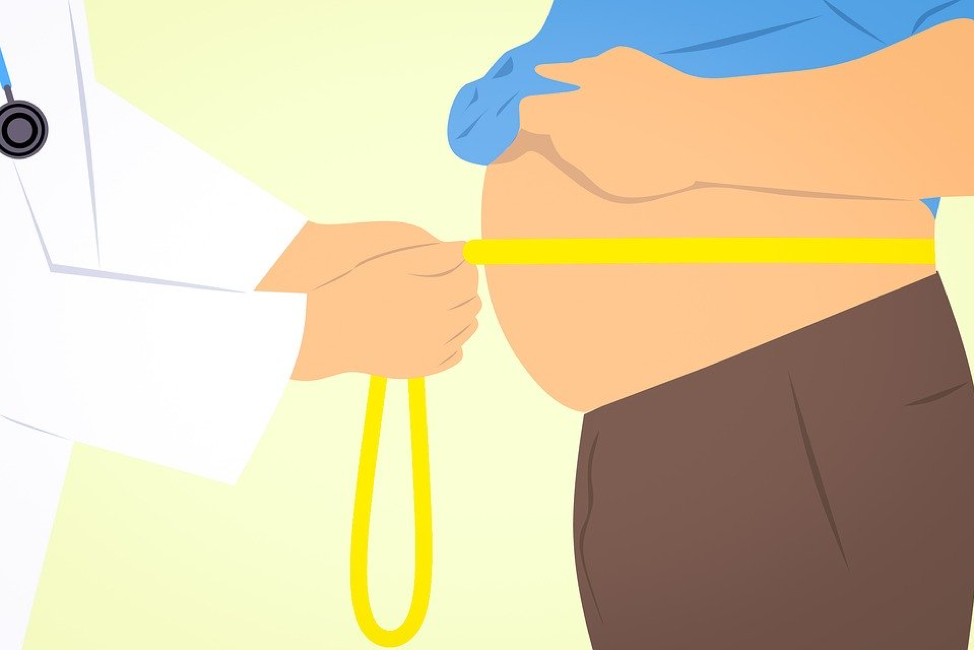
(Source)
Another factor that results in putting pressure on the abdomen and legs is obesity. By keeping your weight and health in check, you can prevent this conation from developing.
Treatment Options
There are a few options a patient can choose from, such as wearing compression stockings and avoiding sun exposure. However, the two most common and effective methods include Ultrasound Guided Sclerotherapy and Visually Guided Sclerotherapy. It is important that while discussing your treatment options, you let the doctor know if there are any other health-related issues you are facing.
Conclusion
Now you know everything on how spider veins may develop. Therefore, now it is your duty to ensure you are following the right lifestyle while keeping these causes in check. This will help you to keep your veins healthy.
If you have already developed this condition, make sure to get the treatment as soon as possible. Leaving the spider veins untreated can lead to varicose veins, which causes more pain and discomfort.
If you’re looking for the best vascular surgeon in NYC to treat your spider veins or want to learn more about this condition, look no further than the Vascular Surgery and Vein Center. Contact us today to reduce the risk of spider veins and maintain healthy veins.
Vascular Surgery & Vein Center
108 East 96th Street
Front 1
New York, NY 10128
212-993-6133


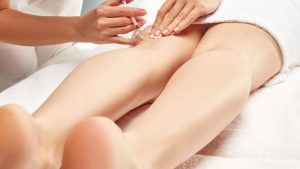 What are spider veins causes, treatment, and prevention? Spider veins are a common condition that affects many people, particularly women. They are small, thin veins that appear near the surface of the skin and often resemble spider webs or tree branches. While spider veins are usually harmless, they can be unsightly and cause discomfort for some people. If you are suffering from spider veins, it’s important to understand the causes, treatment options, and prevention strategies available to you.
What are spider veins causes, treatment, and prevention? Spider veins are a common condition that affects many people, particularly women. They are small, thin veins that appear near the surface of the skin and often resemble spider webs or tree branches. While spider veins are usually harmless, they can be unsightly and cause discomfort for some people. If you are suffering from spider veins, it’s important to understand the causes, treatment options, and prevention strategies available to you.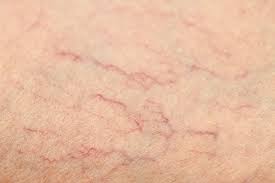 While spider veins may not always be preventable, there are several strategies that can help reduce your risk of developing them, including:
While spider veins may not always be preventable, there are several strategies that can help reduce your risk of developing them, including: